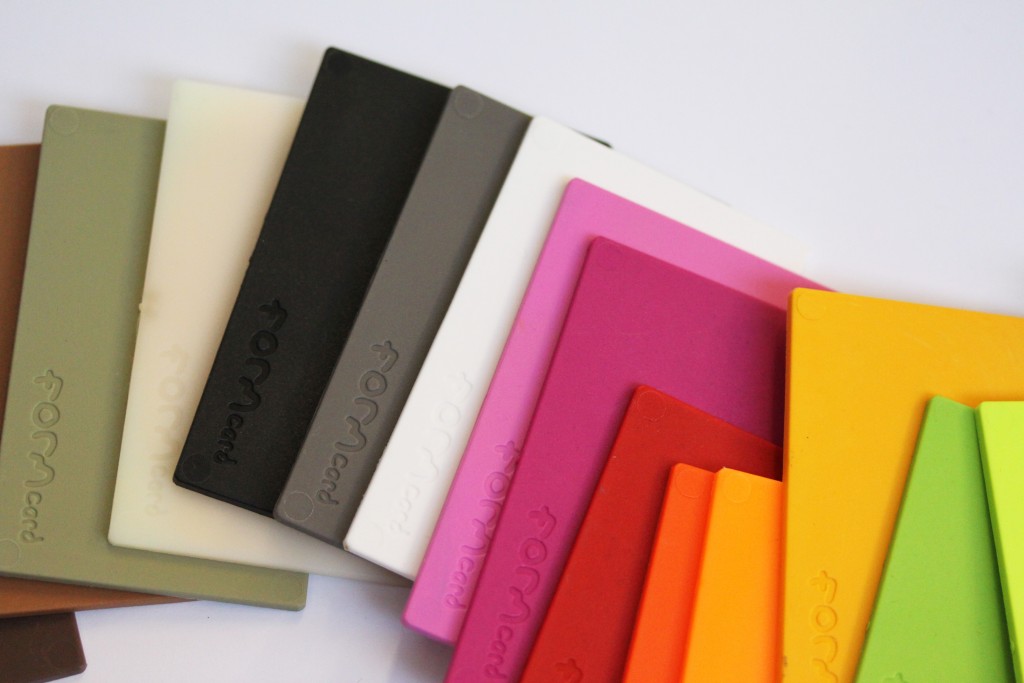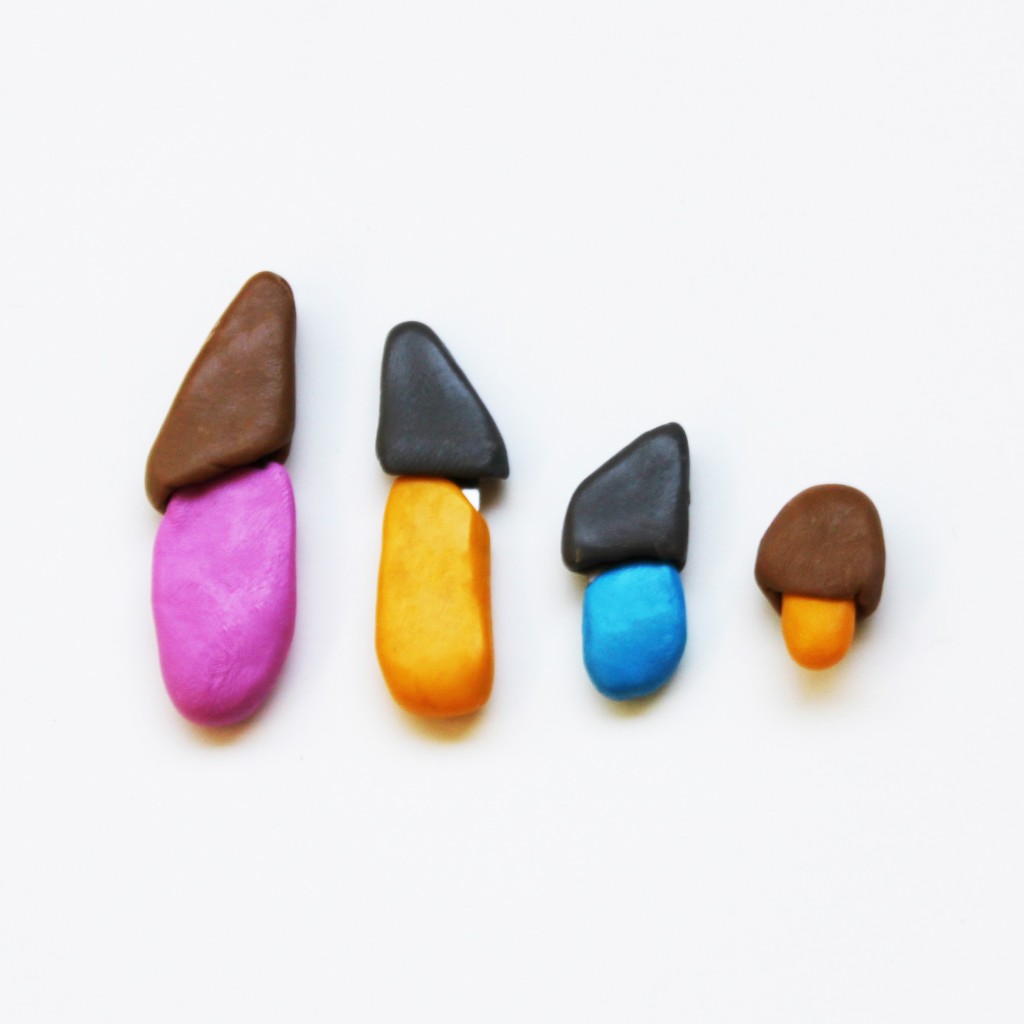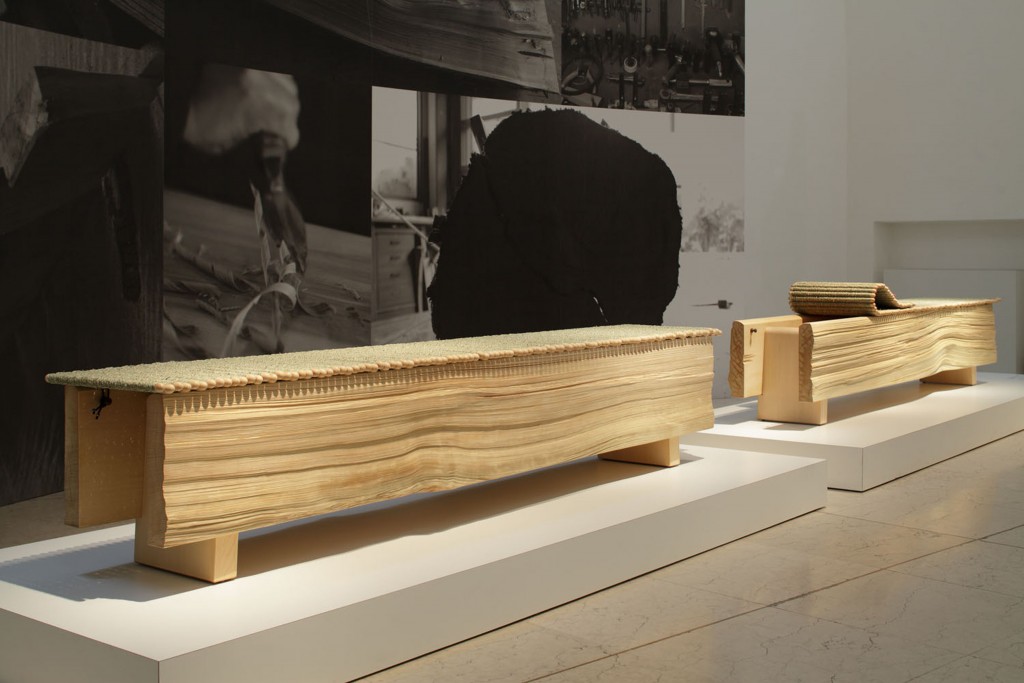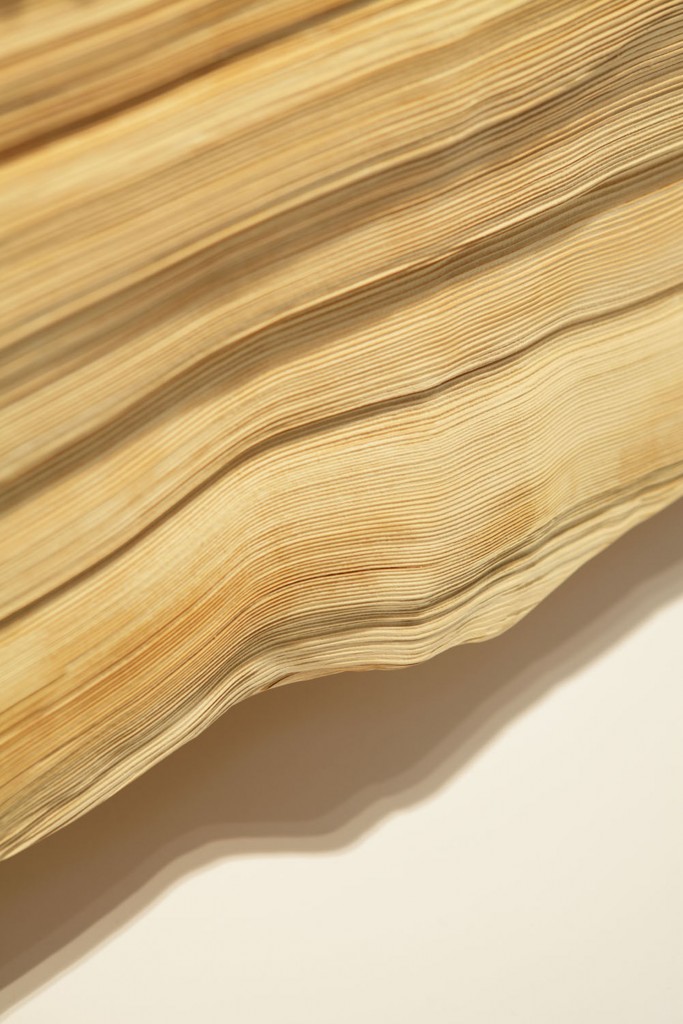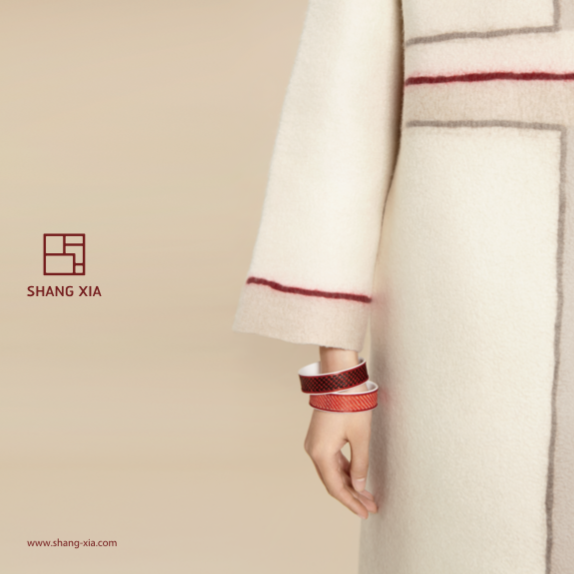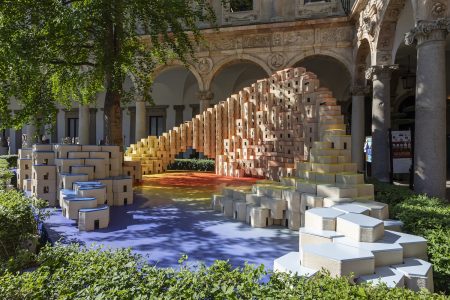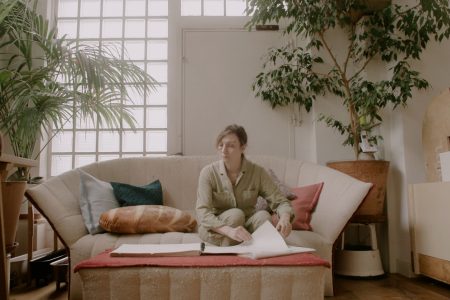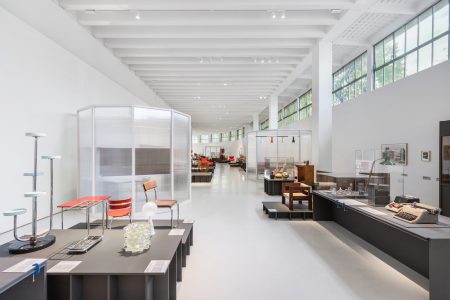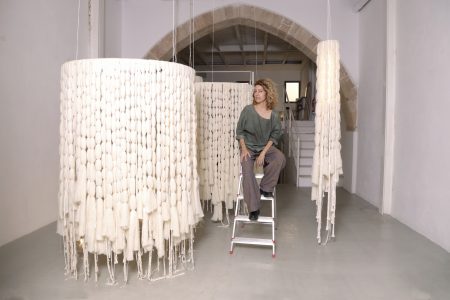Peter Marigold: Amateur Expert
An avid collector, much of Peter Marigold’s work is concerned with storage and object display, and he often combines natural and man-made materials within simple, austere structures.
Peter Marigold isn’t easy to pin down with labels. Whether he’s developing a new reusable plastic material like FORMcard or reinterpreting production techniques as in the iterative series of ceramic vessels he developed at the German heritage site of Meissen, the British artist unapologetically transcends the realms of art, design and craft. Each endeavour represents a new set of parameters that go far beyond the isolated object. Marigold defines his practice around the importance of process, working within formal and conceptual constraints that are determined as a means of experimentation. His approach could be described as fatalistic. Aware that materials have their own volatile agendas and ingrained narratives, Marigold navigates the difficult space between his imagined outcome of a project and the finished product. Such a risky approach can lead to triumph or disaster—the latter is by far more common. The British maverick spoke honestly about the nature of his practice while touching on a few key projects conceived in the last few years.
TLmag: What is your expertise?
Peter Marigold: What I’ve gotten good at is getting “an ant out of a hole”. For me, it’s about figuring things out for myself and becoming exceptionally good at things at which no one else excels. With my most recent project using FORMcard (a handy, reusable, pocket-sized card of strong, malleable bio-plastic that you can use to make, fix and modify almost anything), I became a sort of amateur expert. I didn’t master material science or the back-office aspects of the job—customs, duties, etc.—but found a middle ground between what an amateur would consider professional and what a professional would consider amateurish.
TLmag: You employed a technique of carving out the grain of cypress wood and used a weaving method with Igusa grass and Hiba rods to create your limited-edition Dodai storage benches. The term dodai literally refers to an architectural foundation beam. These benches reinterpret age-old Japanese craft traditions; how do they incorporate your personalised method?
P.M.: For this project, I worked closely with a Japanese company and some local craftspeople. As my approach is usually highly personalised, it’s often hard for me to collaborate with others. However, in this case, I was able to let go and allow the process to develop different iterations more quickly. I’ve forged a good relationship with and have learned a lot from them.
TLmag: Similarly, the Meissen series reveals how you responded to a traditional form of artisanal production. How did this project come about?
P.M.: Knowing my work, the people behind the historical ceramics factory asked me to create a project with them. When I first visited the site, I looked through a wide range of artefacts and documents. Realising that I wasn’t specialised in ceramics, I felt that it didn’t makes sense for me to develop an entirely new design. Instead, I thought about how I could apply my hand to existing objects. The idea was to run interference on celebrated design, frozen in time. Continuously scraping historical moulds after each casting produced a progression of increasingly abstracted vessels. Eventually the moulds were rendered useless. This process inherently revealed the questions of authorship and venerated histories.
TLmag: When does intuition come into play? Is your approach different when developing a product rather than objects bound for a gallery?
P.M.: It’s fundamental to what I do. As I have less time to do things, it has become an essential tool for making quick decisions and moving forward, rather than obsessing over small details. I’ve learned to trust my impulse. When working with a client, I’m not afraid to put a preliminary concept out there or quickly adapt it based on their response. This allows me to be a lot more ruthless with myself then I might be when producing my own initiated projects for a gallery based on a more fluid or organic process. For instance, I created the Bleed series after observing how nails rust into wooden fencing in different parts of the world. While interpreting this inadvertent process to make a collection of cabinets, I uncovered a deeper meaning: how nature ultimately reclaims everything after a person attempts to control his or her surroundings.
TLmag: Through the progression of these various projects, how have you developed your own skill set? Do you see yourself as an artist, craftsman or designer?
P.M.: As a maker, my approach is idiosyncratic and involves applying the experience and skills I’ve accumulated along the way. Having skills is like being a parrot; it’s about observing and trying to replicate what we see through our own interpretation. There aren’t many people carving the inside of moulds as a realistic porcelain casting process. It’s perhaps not the best way, but it’s my way. In this sense, I love the naiveté and external exploration that comes with design. There is no need to over-intellectualise the idea, material or process. Art is often too self-referential. I instinctively draw back from the traditional definition of the crafts. I’m not opposed to crafts themselves, but rather to the reverence accorded to different kinds of expertise. With craft, you often find people who have slavishly spent their lives following a traditional hierarchy to achieve status and to gain recognition. In the end, they limit themselves to one aptitude. Regardless of these definitions, I simply enjoy making objects.
